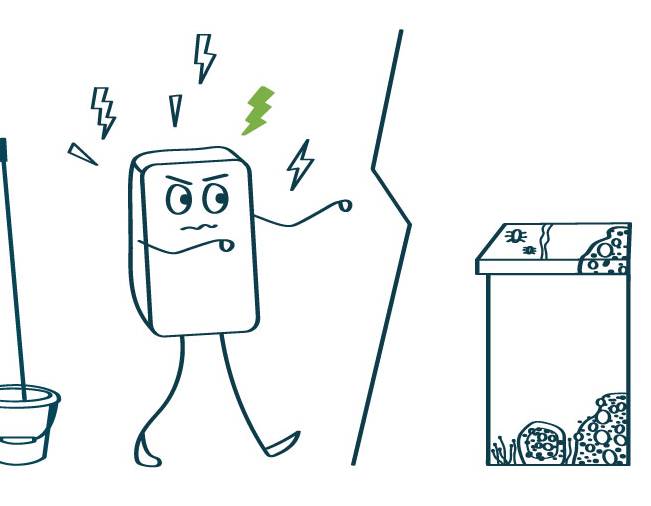

When we think of housework, we think of a multitude of undesirable elements that we'd like to do without once and for all. We're here to tell you more about dust, dust mites, limescale, mold and mildew, so you can avoid them and limit the inconvenience they cause.
Discover the 4 main enemies of our homes and the best solutions for getting rid of them.

Dust, enemy no. 1
What is dust?
« A fine particle that settles and redeposits itself wherever it's not expected », here's a definition that would fit the bill perfectly.
In reality, it's a collection of aggregated elements such as pollen, paper or textile fibers, insect fragments, animal and human hair, skin cells, microscopic fungi and pollutants.
Did you know? 60% of dust comes from outside, entering through openings (doors and windows) but also carried by our shoes. The remaining 40% comes from indoors, from humans and animals, food debris, smoke and cooking particles.*
Not very appetizing, is it? So it's best to avoid accumulating dust in the home and get rid of it regularly.
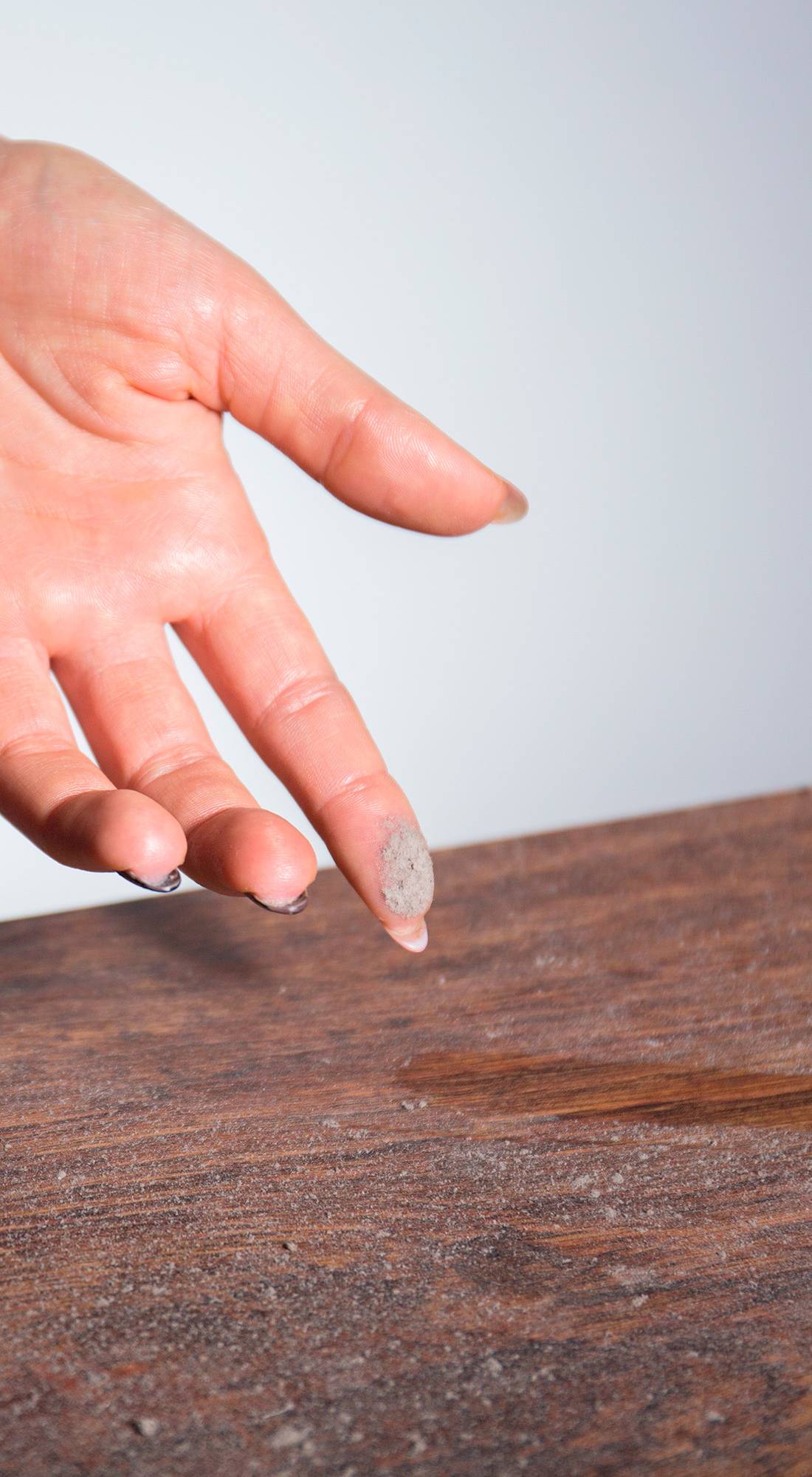

How to reduce dust?
First of all, to avoid ending up with a lot of dust in your home, there are a few rules to follow:
- Take off your shoes before entering your home, to avoid bringing in dust from outside
- Avoid piling up clothes and objects on the floor, which makes life easier for dust and dust mites that love them
- Regularly clean air vents, grilles and VMC hatches
- Wash curtains
- Vacuum and pat carpets and rugs
- Adopting an uncluttered decor will make this task quicker and easier
- Next, take a damp feather duster, cloth or microfiber and run it over your surfaces to dust, ideally once a week

DUST MITES, MORE NUMEROUS THAN WE THINK
Who are they?
Mites belong to the same family as spiders. They are microscopic animals, invisible to the naked eye, measuring between 0.2 and 0.5 mm. The main house mites are Dermatophagoides pteronyssinus and farinae. They live for 2 to 3 months, but reproduce very quickly: a single pair can give birth to over 200,000 offspring in 4 months. They feed on dust, skin debris, animal hair and mold.
Virtually invisible to the naked eye, dust mites are nevertheless present in our homes, and are the cause of many allergies.
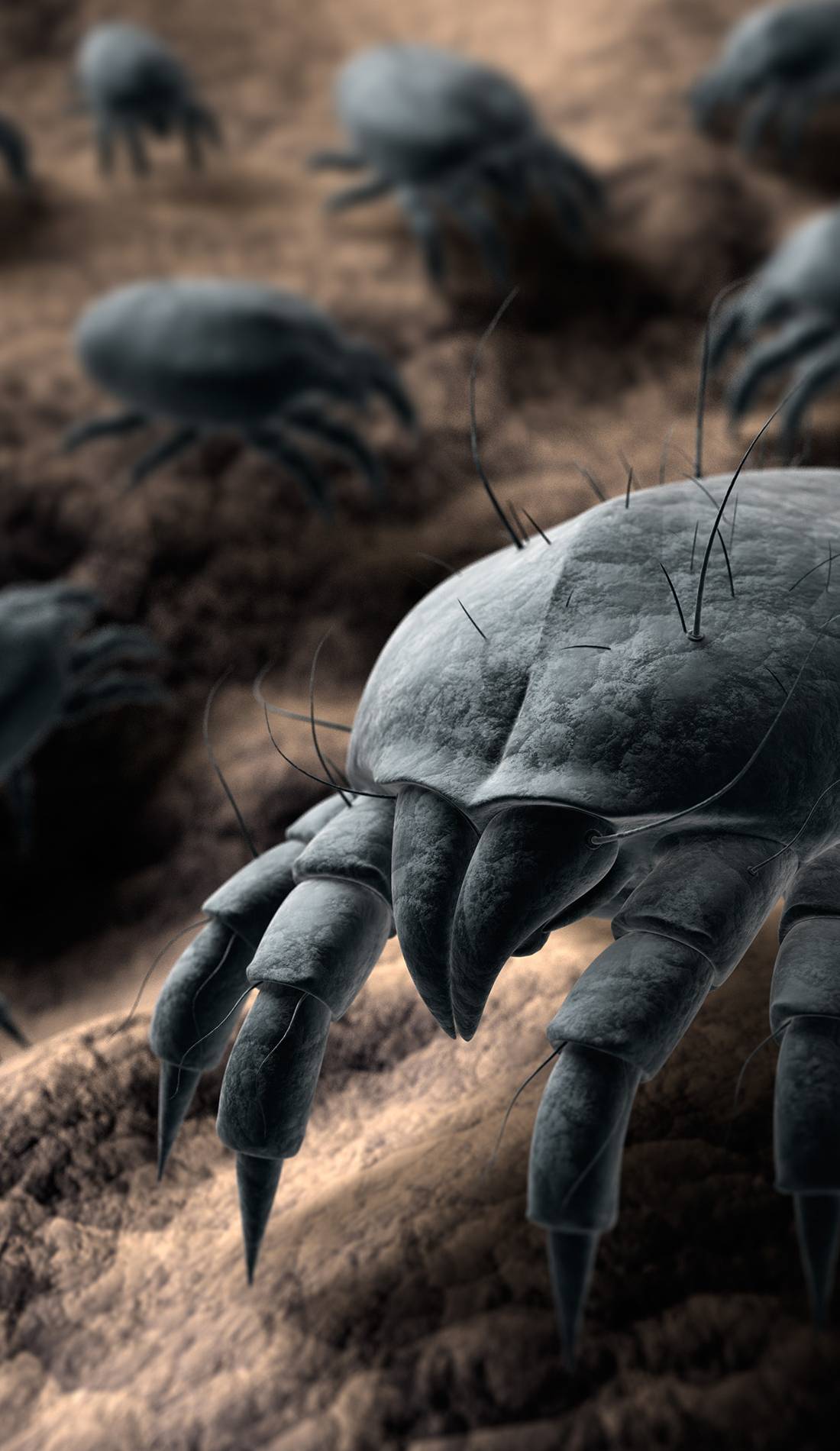

How to reduce the presence of dust mites?
To avoid them, you need to limit dust and warm, damp environments, their favorite playgrounds. In fact, their preferred environment is at a temperature of 25° and a humidity level of 85%.
Cleaning upholstery, bedding (mattresses and pillows) and carpets is highly recommended, for example, at the change of season.

LIMESTONE, A REAL SCOURGE
How it forms?
Water quality varies from region to region. Among the various parameters measured is hardness. This determines the presence of limescale: the harder the water, the more limescale it contains, and the more likely it is to cause problems in your home.
For your information, here's a map** of United Kingdom showing water hardness by region. In France, Eurotab is located in a department with soft water.
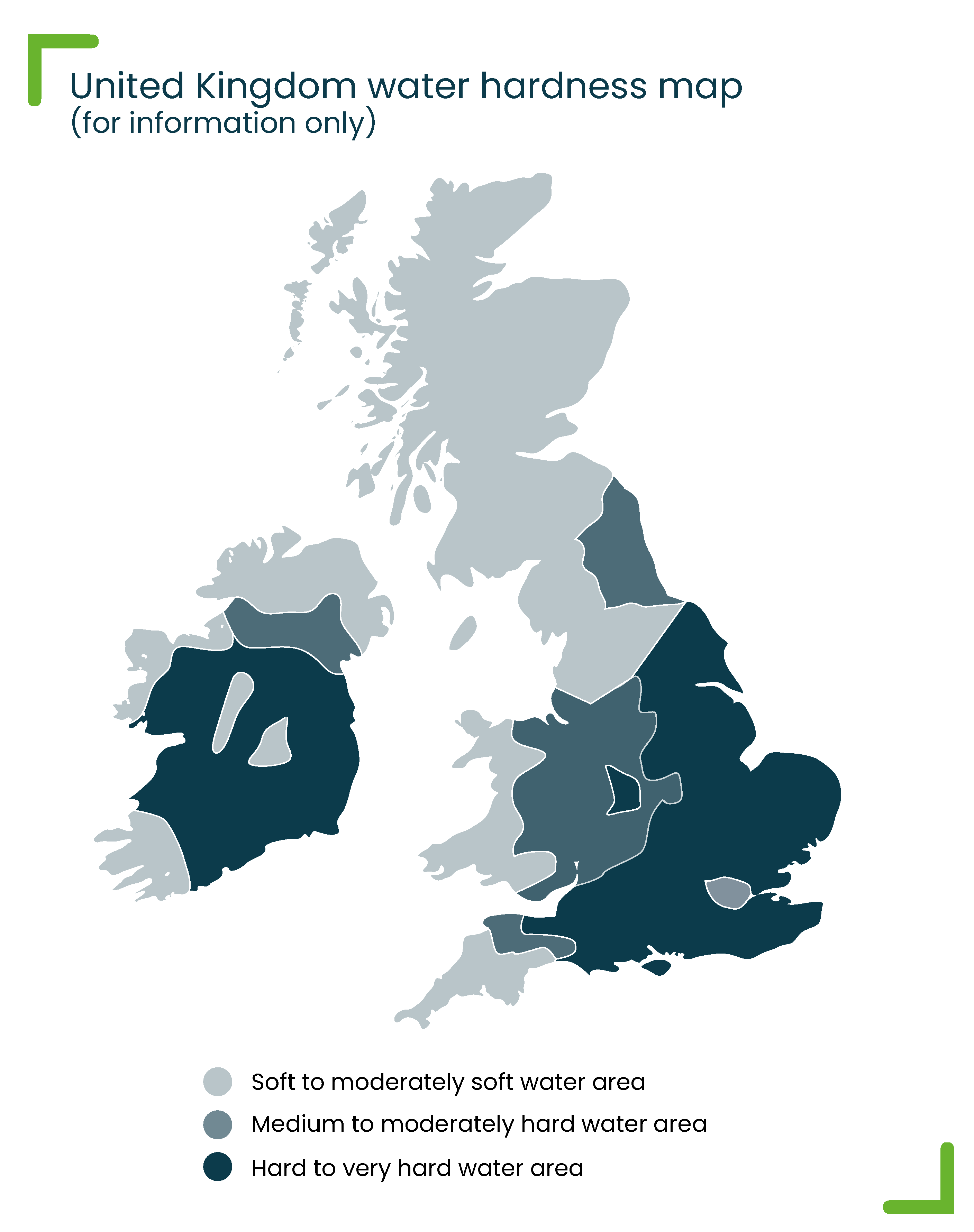
It's the presence of mineral salts composed of calcium (Ca2+) and magnesium (Mg2+) ions in water that is responsible for the limescale deposits known as "limescale", which can accumulate in pipes and household appliances that use hot water.
Even if they are also present in cold water, it is under the effect of hot water that a chemical reaction accelerates the crystallization of mineral salts, which then become hard, compact residues known as "scale". Hot water is therefore more conducive to scale build-up in your home than cold water.
Water hardness has no impact on its potability, and is even a good thing, since calcium and magnesium are necessary for our bodies! The problem with hard water is that it has consequences for the appliances that heat the water, and for the pipes that transport it.
Scale deposits on the heating elements of kettles, hot water tanks, washing machines, dishwashers and boilers, reducing their performance and increasing the energy required to operate them.
It can also, over time, lead to breakdowns and shorten the life of your appliances, as well as clogging the pipes if the water is very hard.
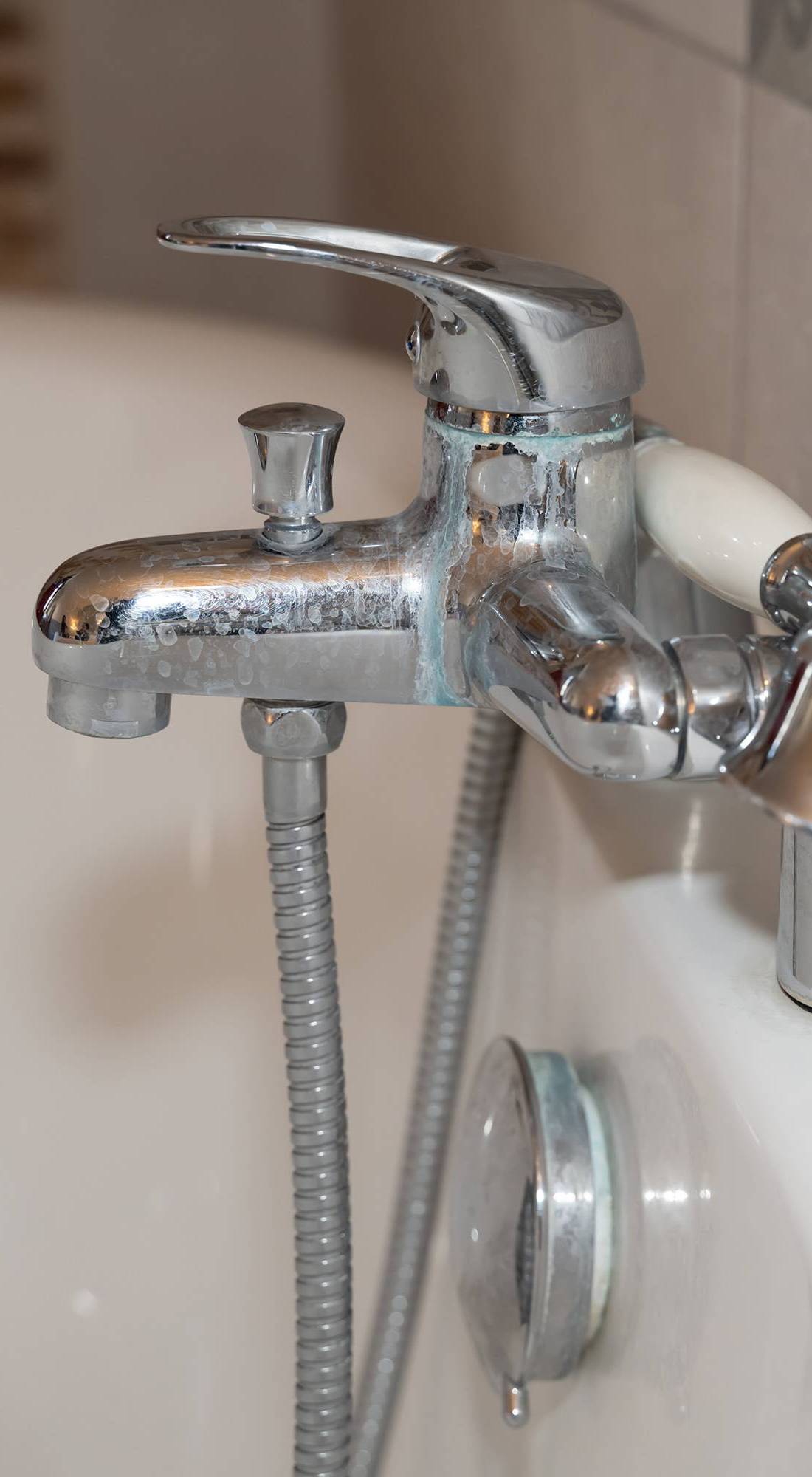
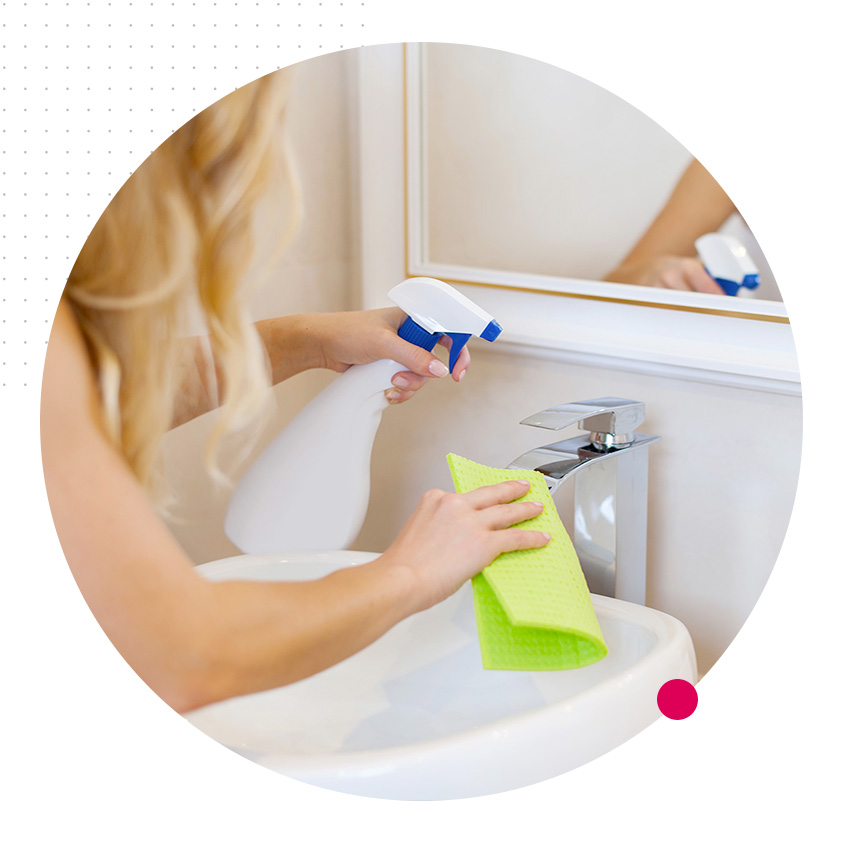
How to reduce it in the home?
- Find out about water hardness in your region, so you can adapt the way you maintain your home and appliances
- Use anti-scale products for your appliances
- Investing in a water softener if your water is very hard can also be a good option

MOLD, THE FEAR OF OUR WALLS
What is mold?
Mold is a member of the fungus family, and can spread throughout your home. It can often be recognized by black, green or white spots or halos in the case of indoor mold.
Did you know? Mold can release spores that are highly harmful to our pulmonary system. Untreated, mold is potentially responsible for allergies, respiratory illnesses, lung infections, asthma and coughs.***
How mold forms?
The primary cause of mold formation is humidity.
It's normal to have a certain level of humidity in your home, brought on by perspiration, breathing, evaporation and water vapours (from the bathroom or kitchen). This level can increase with the use of a washing machine or tumble dryer. The presence of humidity can also be due to leaks, water infiltration or poor ventilation in your home.
Mold is most likely to appear in winter, when the cold can prevent the absorption of moisture from the air inside the home. Water vapour will then condense, mainly on the coldest surfaces in the house, and eventually lead to mould growth. In general, mold forms where moisture stagnates and doesn't dry out, growing and spreading its spores in the air.
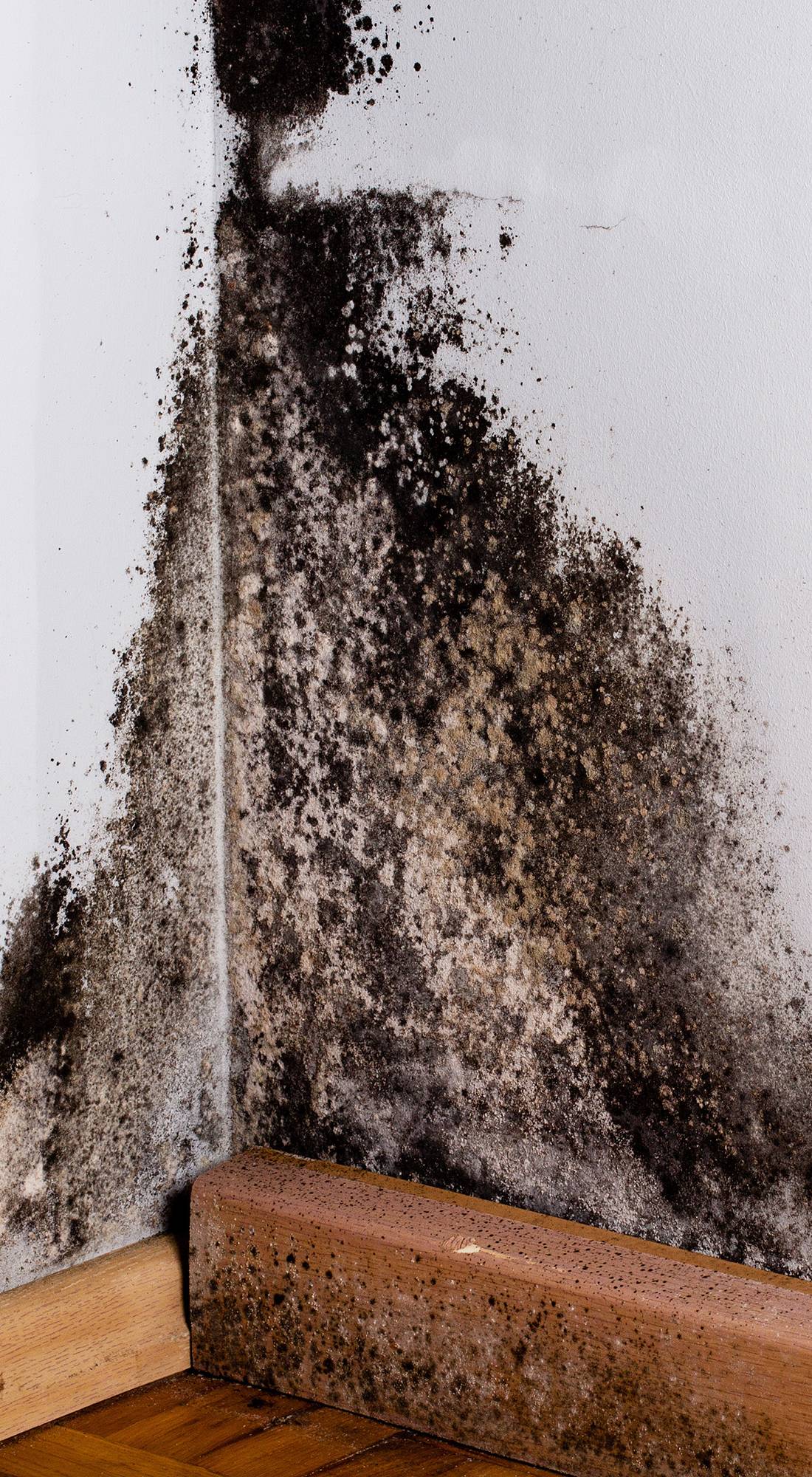
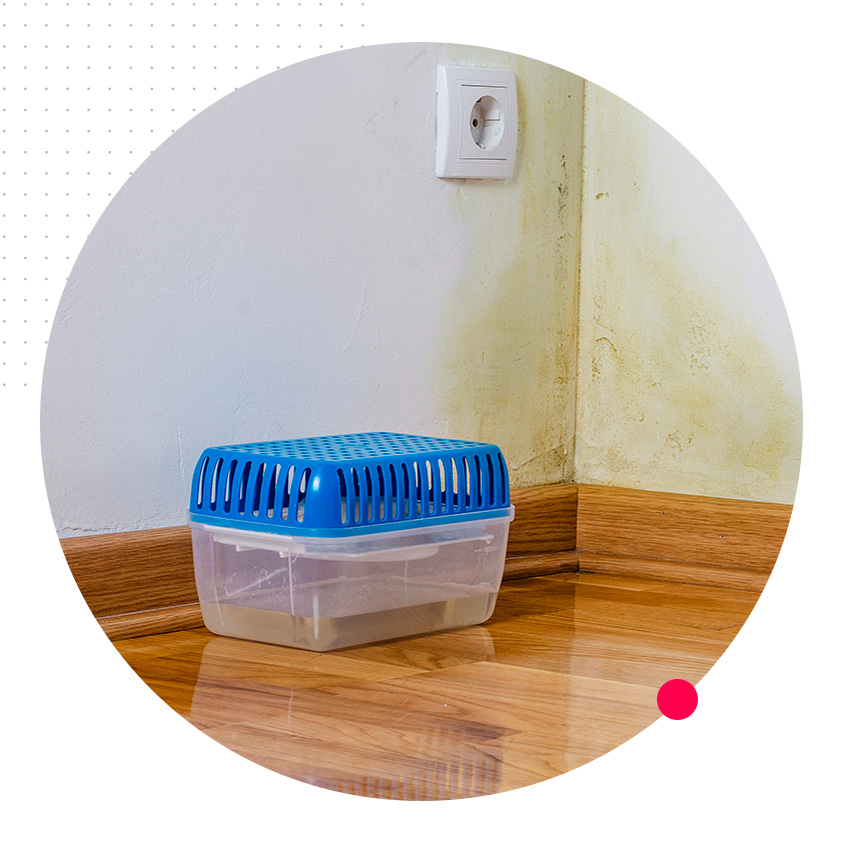
How do you get rid of it?
It's very important to air your home regularly and check for any moisture-generating water leaks.
What's more, in more humid or difficult-to-ventilate aeras (cellar, garage, outbuilding, second home, etc.), we recommend using a humidity absorber system to capture ambient humidity and clean up your home, thus avoiding mold and odor problems.
There are very affordable solutions that don't require an electrical connection, such as moisture-absorbing pebbles or bags.
*www.caminteresse.fr/environnement/dou-vient-la-poussiere-1198255. **Visual inspired by the website www.aquacure.co.uk ***www.santemagazine.fr/sante/sante-environnementale/5-facons-dont-les-moisissures-nous-rendent-malades-335281.

